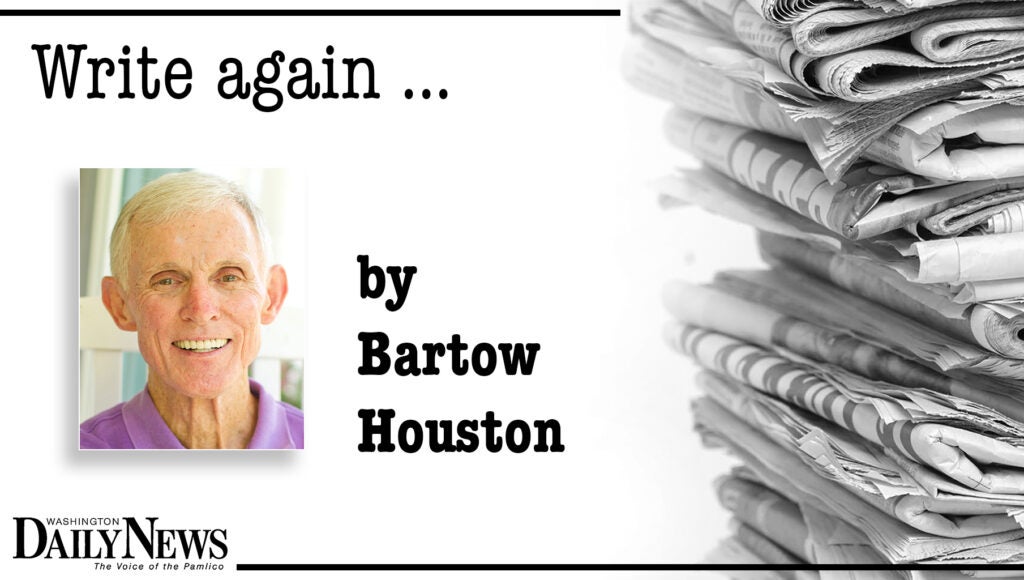“The greatest catastrophe”
Published 1:55 pm Thursday, February 22, 2024
|
Getting your Trinity Audio player ready...
|
Hello, folks. It’s me again.
Now, I acknowledge, admit -that for some at least -I write too often about, referencing World War Two and the evil events leading to it. History isn’t “pretty,” unfortunately. History that is factual, not propaganda that is ill-intended. We have that today, don’t we? Enough of this.
Bear with me. The following is from Rick Atkinson’s third book in the “Liberation Trilogy,” “The Guns at Last Light”:
“Graves Registration units labored to confirm the identities of more than 250,000 dead in 450 cemeteries scattered across 86 countries, two thirds of them in Europe or the Mediterranean. For an estimated 44,000 lost at sea, nothing could be done.”
And this: “The power of a well-wrought grave was beyond measure.
Patricia O’Malley, who was a year old when her father, Major James O’Malley, a battalion commander in the 12th Infantry, was killed by a sniper in Normandy; she later wrote of seeing his headstone for the first time at Calleville, above Omaha Beach”: “I cried for the joy of being there and the sadness of my father’s death. I cried for all the words I had wanted to say and wanted to hear but had not. I cried and cried.”
Then this: In Margraten, on May 30, Memorial Day, Dutch citizens gathered flowers from sixty villages and “spread them like a brilliant quilt across seventeen thousand graves.” Such gratitude.
World War Two has been called ”the greatest catastrophe in human history.”
Of those who survived, said one, “The living have the cause of the dead in
trust.”
Wrote another, “after the last old soldier has gone to his grave: ‘May the earth lie lightly on his bones.'”
May it be so. ·
Final fact: There were 16,112,566 Americans in uniform in World War Two.
Thank you for reading this, awkward syntax and punctuation notwithstanding.
Peace.




